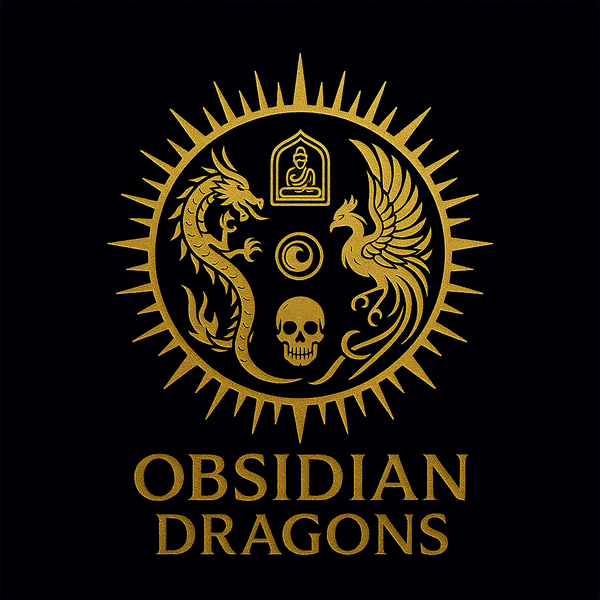6
celestial eye obsidian phallus sculpture. Entirely hand carved. Obsidian unique piece of A+ quality
celestial eye obsidian phallus sculpture. Entirely hand carved. Obsidian unique piece of A+ quality
Couldn't load pickup availability
Unique and rare piece
A+ quality obsidian from Mexico
As a gemologist graduated from the National Institute of Gemmology of Paris (ING), all our stones are appraised and certified.
dimensions of 20.5cm long and 5.09cm in diameter Weight of 0.838 kg
Origin of the Phallus and its cult,
Phallism Phallism refers to the worship of the male sex, the phallus. Elements of phallism have been found in many cultures, notably in ancient Greece, India and ancient Sumer, to represent, through a physical object, the regenerative force of the sun in spring, and the action of this force on all the beings of nature, adopted the simulacrum of masculinity, which the Greeks called Phallus.
This simulacrum, although it appears indecent to most moderns, was not so in antiquity; the sight of it awakened no obscene idea: on the contrary, it was venerated as one of the most sacred objects of worship. It must be admitted: despite our prejudices, it would be difficult to imagine a sign that was simpler, more energetic, and that better expressed the thing signified. This perfect propriety ensured its success, and obtained for it an almost general assent.
The cult of the simulacrum of masculinity spread over a large part of the globe. It flourished for a long time in Egypt, Syria, Persia, Asia Minor, Greece, Italy, etc. It was and still is in force in India and in some parts of Africa. It even spread to America. When the Spaniards made the discovery of this part of the world, they found this cult established among the Mexicans. What will surprise you more, it has been preserved almost to our day among the Christians of Europe.
In the sixteenth century, it existed in France, traces of it are still found today in some parts of Italy. About four thousand five hundred years ago the sun, by the effect of a third movement of the earth, from which results the precession of the equinoxes, approached at the vernal equinox, in the sign of the zodiac called the Bull. The sign of the celestial constellation that bore this name, represented on the artificial zodiacs, was considered the symbol of the spring sun, the regenerating sun of nature. The vernal equinox is the loveliest, most attractive time of the year; no other procures more lively and sweeter emotions: triumphing over the frosts and long nights, the sun, higher on the horizon, prolongs the duration of the days, spreads its fertilizing heat over the earth, penetrating its plants, animals, resurrects nature, and sows life, greenery, hope, flowers and love everywhere. The Phallus, in its origin, was isolated and did not adhere to a human body. This adherence did not take place until long after, when the cult of human figures had made progress.
It even appears that at the time when the Greeks received the Phallus from the Egyptians, it did not adhere to any body, and that the Greeks, even in the time of Herodotus, had not yet adopted this union. This historian, in describing the ceremonies of this worship, which were celebrated in Egypt, seems to be astonished at the fact that a small human figure had been united to the Phallus. "They invented," he says, "human figures one cubit high, to which is added the genital part, almost as large as the rest of the body, that sign of the male sex which figured in the ceremonies of the mysteries of a great number of peoples, could not be the living part of the sacred goat, but his simulacrum or his image, and these simulacra or images were Phalluses; therefore, there were Phalluses which were the images of the genital part of the sacred goat, adored in Mendes and Chemnis. The Phallus played an important role in the religious history of antiquity, that it gave rise to different deities, and that it served to characterize several others. Many uses of this object of worship have greatly embarrassed the mythographers who, always clinging to mythological fables, and seeking truth in lies, have given no satisfactory explanation in this respect and have not dissipated the cloud which concealed its origin.
In India in Tantrism, the lingam symbolizes Shiva. The lingam is often located within a yoni (symbolizing Shakti) to indicate a balance between male and female creative energies. Tantrism should not be generalized to all forms of Hinduism. In Bhutan Drukpa Kunley (15th) would be at the origin in Bhutan of the protective role of the phallus against the evil eye In Ancient Egypt
The Egyptians associated the cult of the phallus with Osiris. When Osiris's body was cut into 13 pieces, Seth scattered them all over Egypt and his wife, Isis, found them all except one, his penis, which was swallowed by a fish (see the Legend of 'Osiris and Isis). The phallus was the symbol of fertility, and the god Min was often depicted with an erect penis. In traditional Greek mythology, Hermes, god of trade, guardian of roads and crossroads, was considered a phallic deity. He is depicted on pillars and statues featuring a phallus. However, there is no consensus on this description and it would be pure speculation to consider Hermes as a god of fertility. Pan, son of Hermes, is often depicted with a huge erect penis. Priapus was a Greek fertility god whose symbol was an oversized phallus. He was the son of Aphrodite and Dionysus or Adonis, depending on the versions of the original myth. He was the god of fertility, protector of gardens and herds. Its name is the origin of the medical term 'priapism'. The Romans wore phallic jewelry to protect themselves from the evil eye. The Norse god Freyr was a phallic deity, representing male fertility and love.
The short story Völsa þáttr (14th century) describes a Norwegian family worshiping a horse's penis. In pre-Columbian America Kokopelli is sometimes represented with an exaggerated male attribute.
In Japan The tomb of Mara Kannon (麻羅観音 or まらかんのん) in Nagato, Yamaguchi prefecture. One of many fertility shrines that still exist in Japan and also featured at festivals such as Danjiri Matsuri (だんじり祭) in Kishiwada (Osaka Prefecture), with penis worship that was widespread. Mara Kannon's Shrine (麻羅観音 or まらかんのん) in Nagato, Yamaguchi Prefecture. One of many fertility shrines that still exist in Japan and also featured at festivals such as Danjiri Matsuri (だんじり祭) in Kishiwada (Osaka Prefecture), with penis worship being widely held.
REF6
Share
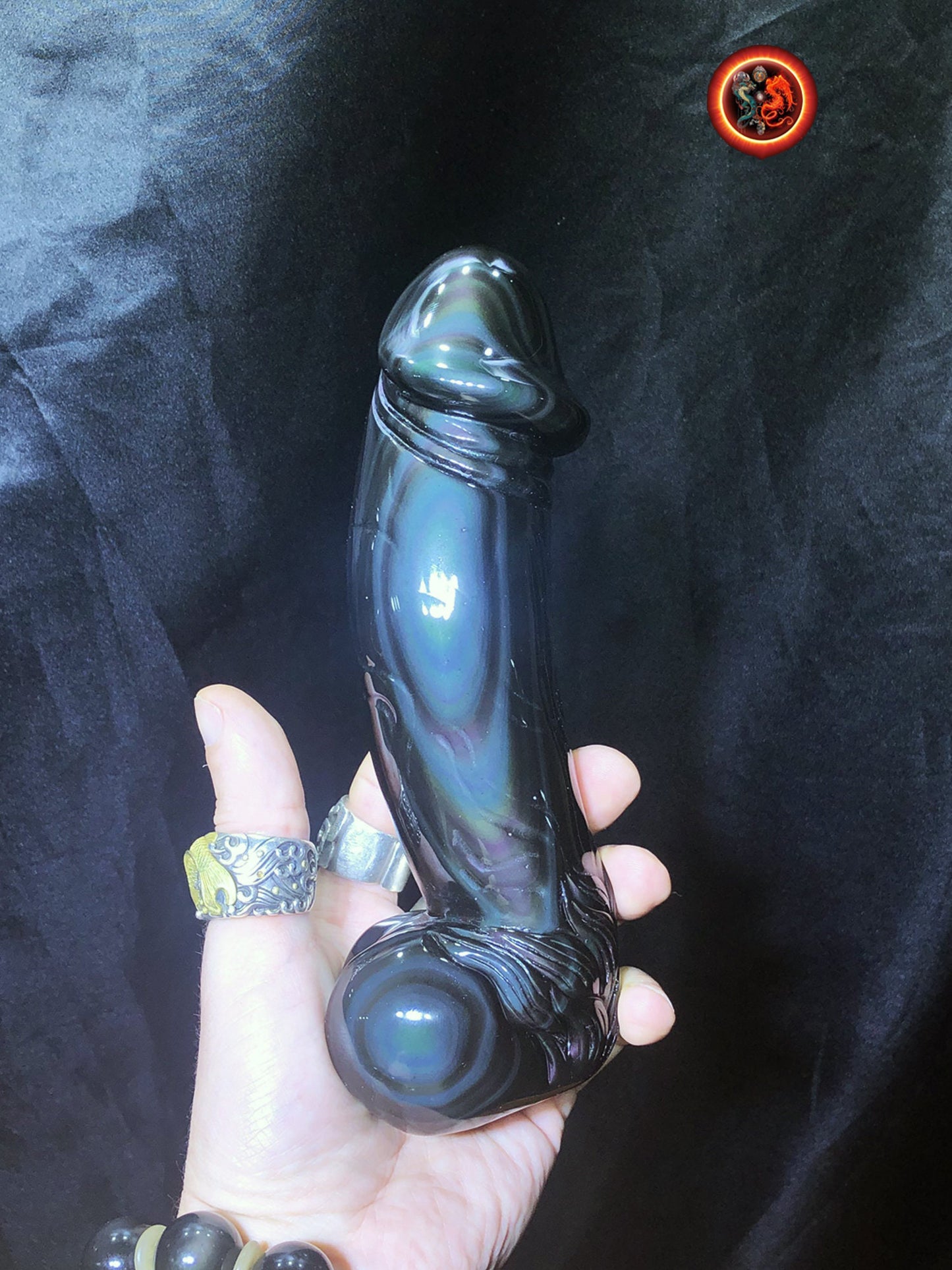

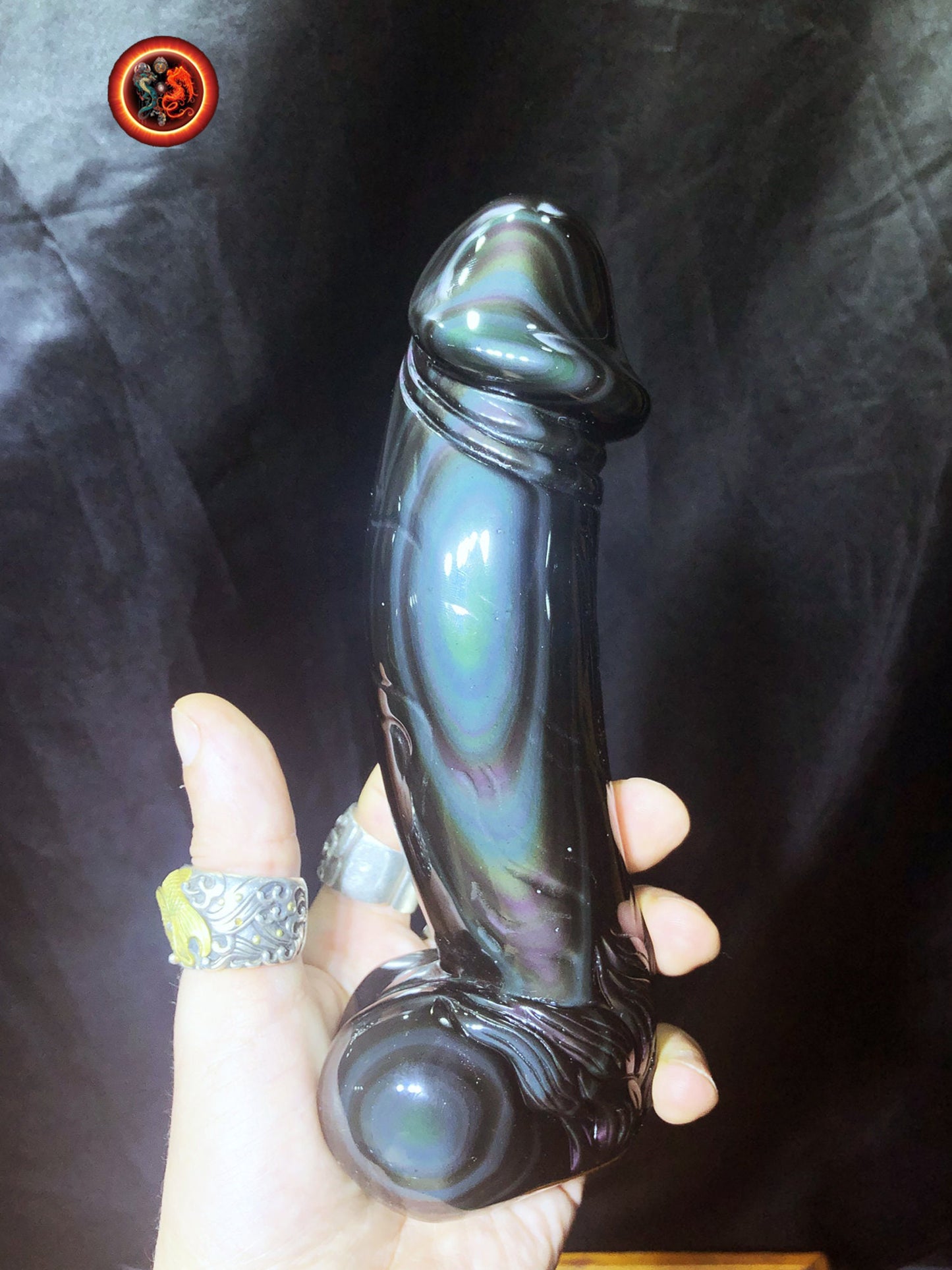
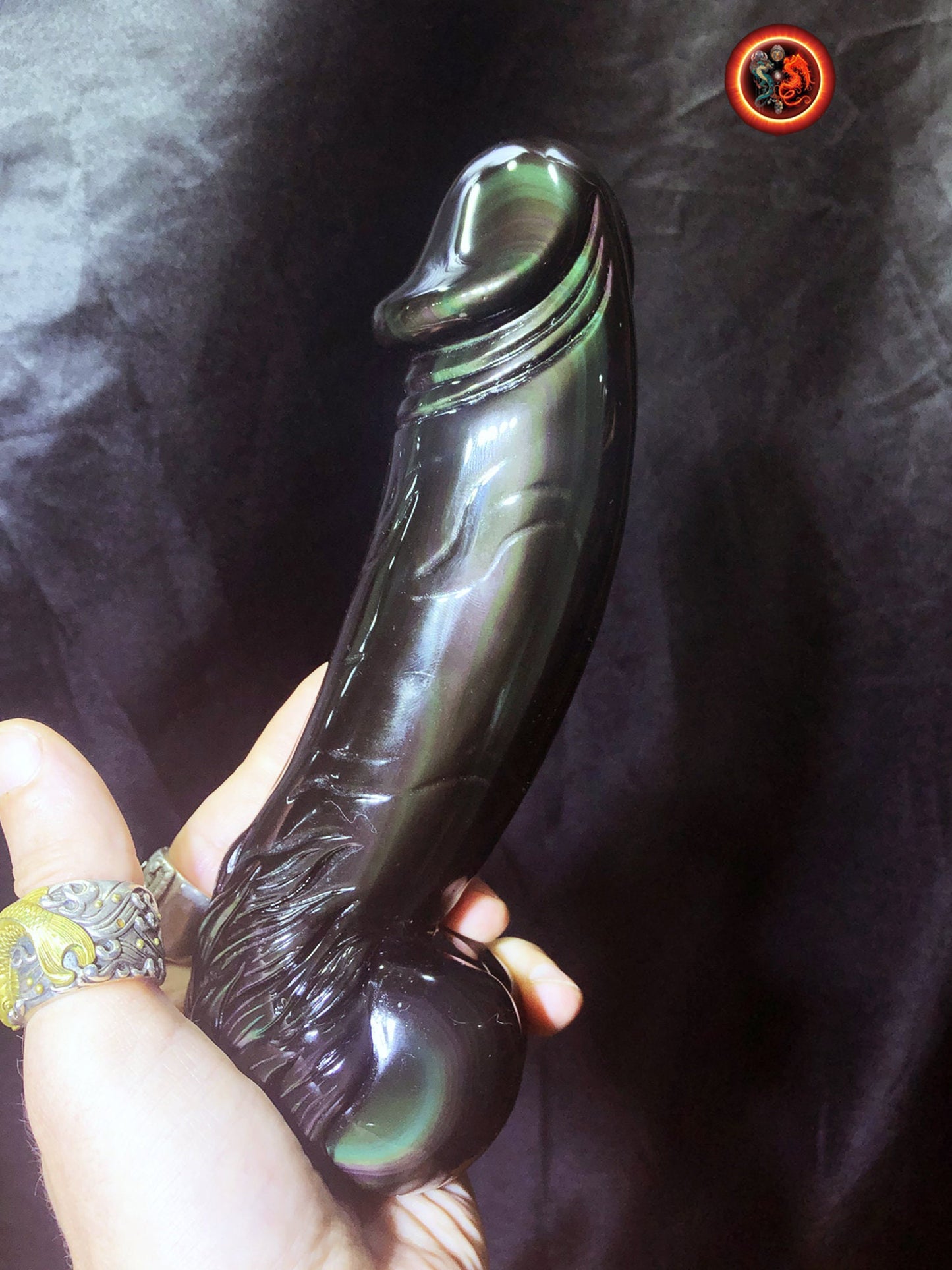

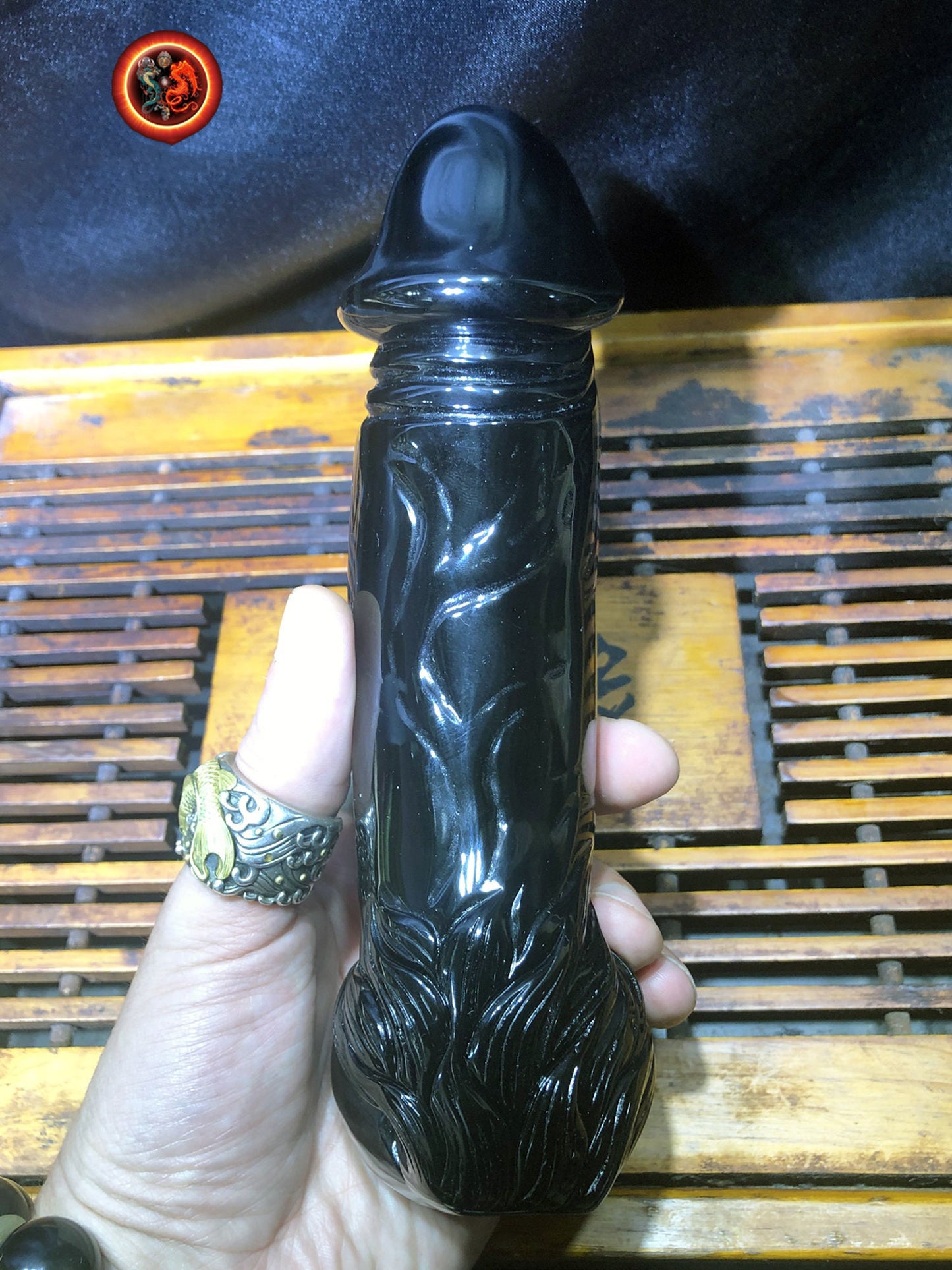
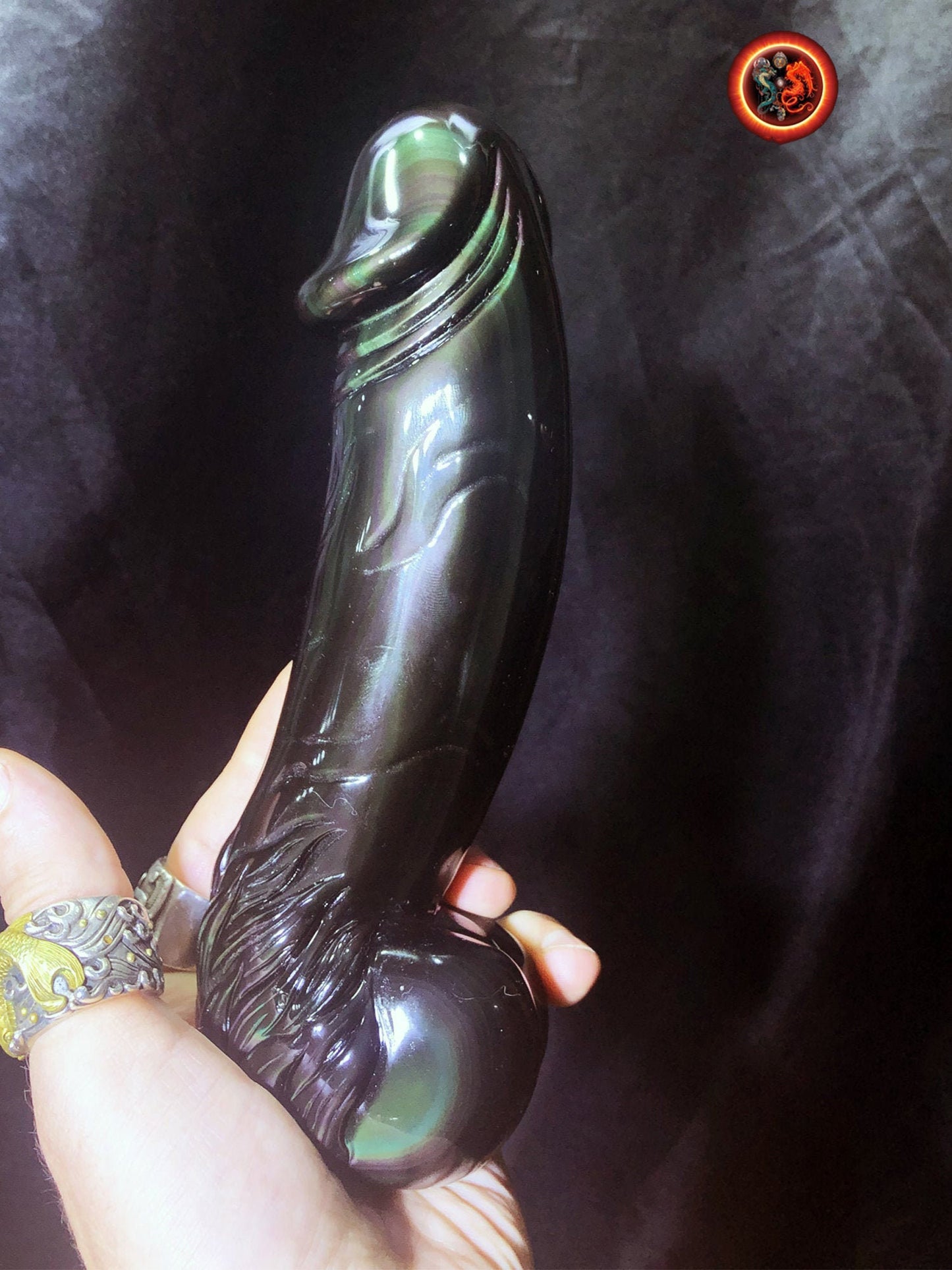
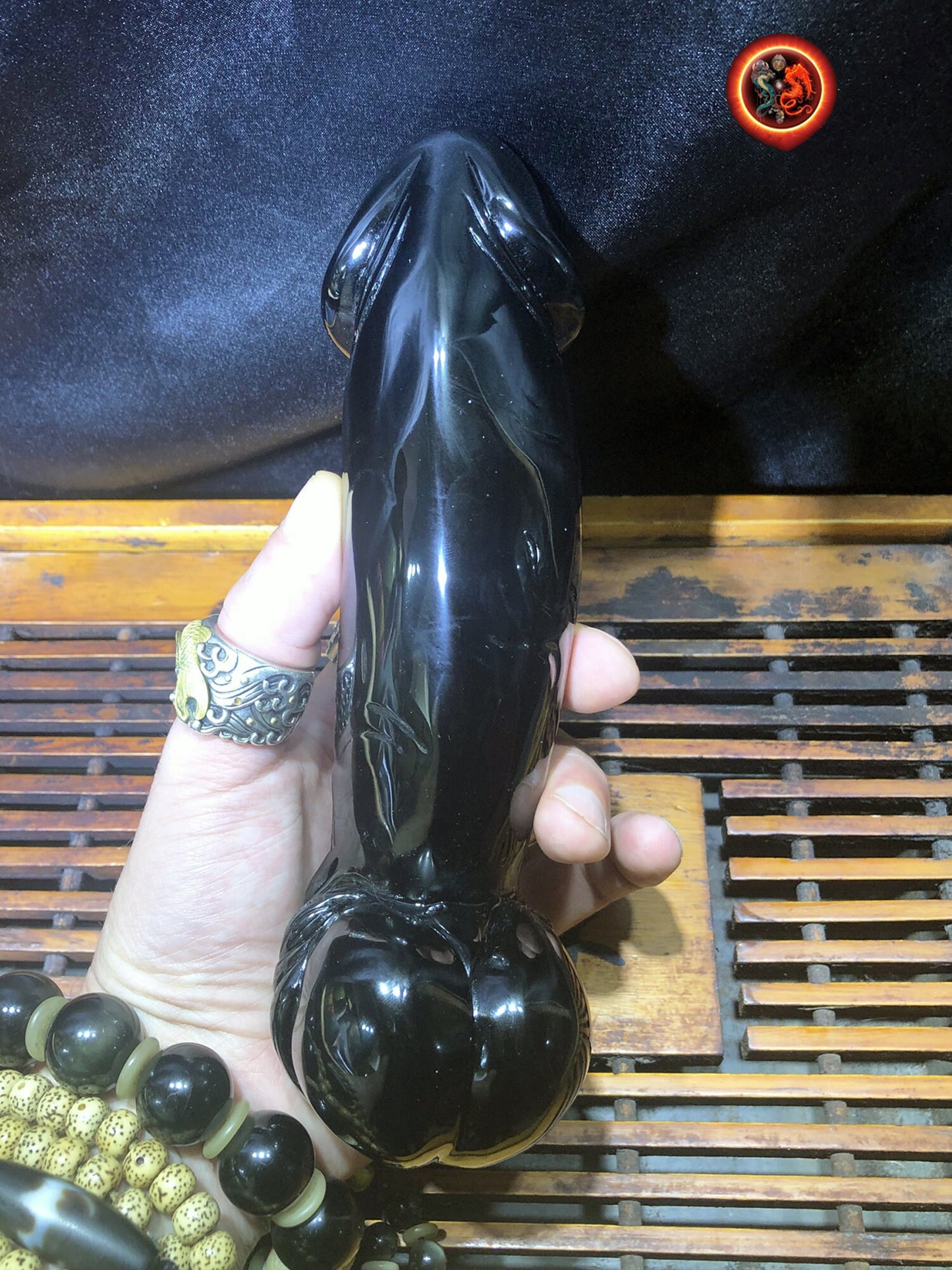


Return conditions for a Zen purchase
We offer you a money back guarantee within 14 days after delivery of your order.
If you are not completely satisfied with your purchase, please contact us to arrange a return of the product and a refund.
Except for returns, shipping is free on all orders.
Multi-column
Button text-

100% secure payment
3 times interest-free option with Scalapay
-

Free delivery in France and internationally
14 days money back guarantee after delivery (see our conditions of sale)
-

Column
Excellent customer service
Live chat
Whatsapp +33674049312
Let customers speak for us
from 917 reviews4eme pièce que j'achète et encore une fois, jamais déçue de l'unicité et de l'originalité. Coup de cœur pour ce bracelet en magnifiques molaires de mammouth, charge de vie et d'histoire. Attention pour un tout petit poignet de fille comme le mien cela peut être trop grand. N'hésitez pas à poser la question à Jeremy sur les tailles, il répond toujours et il est très réactif.

Déjà j’au été très impressionné par la qualité du site web pour tout chercheur de vérité mais également pour la disponibilité de Jérôme qui a su dépasser mes plus grandes attentes pour la commande sur mesure d’un mala en Obsidienne Œil Céleste – Dragon & Bagua Feng Shui. Gràce à ce puissant talisman je peux désormais continuer ma route sereinement. Un très grand merci sincèrement.

magnifique, puissant et apaisant, il m'aide à garder mon calme je le trouve absolument parfait!

J'ai eu l'occasion de rencontrer Jérémy sur Paris avant l'achat...très bon contact avec lui ..il sait de quoi il parle...je suis revenu vers lui pour l'achat de cette magnifique statue...elle a été emballee avec beaucoup de soin pour une expédition de chine... vraiment très satisfait de cet achat..merci

Pendentif dragon en obsidienne œil céleste - Symbole spirituel

Le collier est superbe, et ce pendentif magnifique, ses détails! et l'odeur du bois de santal que c'est agréable! Qualité extra! Contact excellent avec Jérémy, merci beaucoup pour votre gentillesse! Quelle qualité, vivement le mala !

L'objet est très joli et malgré que je ne sois pas un spécialiste, je trouve que le crystal est beau. Il n'est pas parfait et cela me rassure sur la qualité du produit qui est sensé être naturel donc imparfait.
Très bien emballé et en plus housse de rangement offerte.
MERCI

J’ai commandé un crâne de dragon, il est super beau et très puissant. Je l’adore 😍 Et l’envoi a été très rapide 🤗 merci 🙏🏻

bracelet puissant, je suis content de mon achat

Cet artisan est gémologue, il travaille avec des artisans qui sont des vrais artistes, je suis bluffé par la qualité des ouvrages sur l’argent et sa qualité. Quand à la qualité des pierres pas besoin d’être gémologue pour voir la qualité exceptionnelle des pierres, encore une fois le travail de sculpture est exceptionnel.
Mon mala traditionnel est une pure merveille dans la tradition originelle. Le ghau est une merveille qui me comble.
Bref que dire de plus :). Allez sur son site.
PS : vendeur qui connait son métier et les traditions bouddhistes ce qui est un plus en plus :)

Ce crâne est un Etre de Lumière. Attirant , inspirant , "parlant".
Il est un Ami qui tire mes pensées vers le Haut.
Ses énergies vibrent à des fréquences élevées. Il est puissant dans la douceur.
Un crâne de Dragon m'assite également. Merveilleux !

Très beaux bracelet et très puissants

Magnifique crâne givré de l'Himalaya.

cette chevalière est tres bien réalisé, avec beaucoup de détails, je suis heureux de l'avoir

